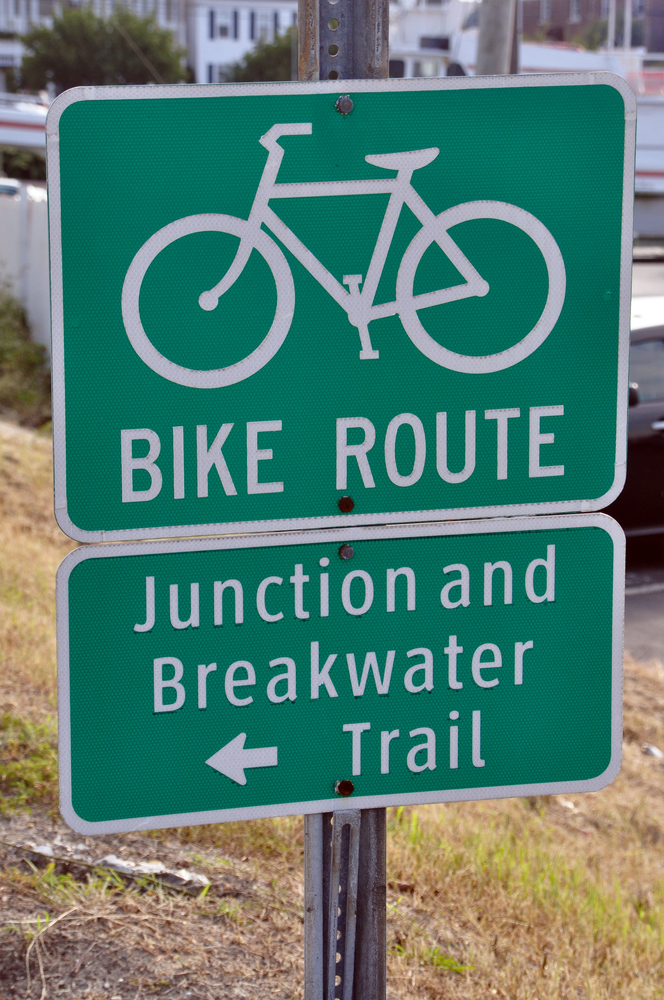
U.S. Sen. Tom Carper (D-DE) joined local leaders in Delaware last week for a biking and promotional tour of potential bike trails and lanes to bolster support for America’s Transportation Infrastructure Act (ATIA) of 2019.
“Pedestrian and cyclist fatalities continue to be more frequent throughout the country, rising to troubling levels in recent years,” Carper, top Democrat on the Senate Environment and Public Works Committee, said. “This problem has been particularly severe in Delaware, which in 2015 had the highest rate of pedestrian fatalities in the nation. The First State is making progress, but as we work to reauthorize the federal programs that help build and maintain our surface infrastructure, we must do more to make sure roadways are safer for all users, not just motorists. Safer passageways for cyclists and pedestrians, like the Wilmington proposals I toured today, boost safety for all those using our roads, cut greenhouse gas emissions, and promote active lifestyles.”
On his trip, Carper met and talked up the legislation to locals such as New Castle County Executive Matt Meyer; Newport Mayor Michael Spencer; James Wilson, Director of Bike Delaware and state Sen. Elizabeth Lockman (D-DE). Carper has called the bill the most significant highway bill in history, for its proposal to authorize $287 billion over five years, targeting road safety, project delivery and environmental protections. It would provide funding for things like bike trails and other alternative transportation efforts, as well as reductions of greenhouse gas emissions and road resilience efforts.
Under the plan, $6.2 billion would be invested solely into pedestrian and bicycle infrastructure, with $27.6 million of that marked for Delaware over five years. Another $2.5 billion would go to safety improvements in cities and states with high non-motorist fatalities, based on current data. Carper’s office estimates more than 37,000 people are killed on U.S. roads each year, with 20 percent of them pedestrians and bicyclists. Pedestrian and bicyclist fatalities in urban areas have increased over the years, according to the report.